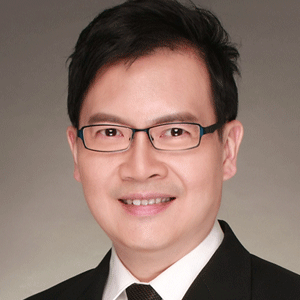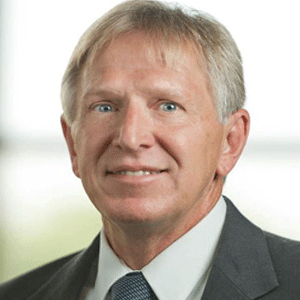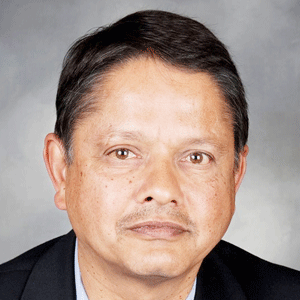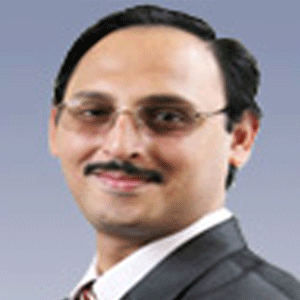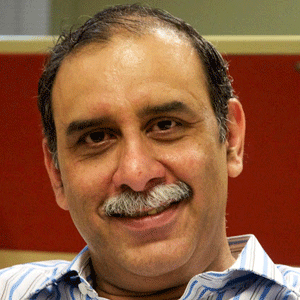THANK YOU FOR SUBSCRIBING

Supercomputers and their Changing Landscape
Dr Pradeep K Sinha, Sr. Director (Corporate Strategy and R&D), Centre for Development of Advanced Computing (C-DAC)

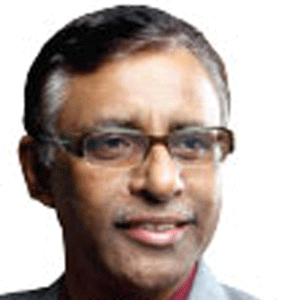
Dr Pradeep K Sinha, Sr. Director (Corporate Strategy and R&D), Centre for Development of Advanced Computing (C-DAC)
Supercomputers play an important role in scientific advancement and economic competitiveness of a nation because they enable cutting edge R&D in all domains of science and engineering through simulation, modelling and data analysis. Today, supercomputers are extensively used as a powerful tool for this new R&D paradigm. Naturally, a country that will innovate faster will be ahead of other countries. This is the reason why “the country that will out-compute will out-perform” has become a popular phrase for global competitiveness. Many nations are competing for leadership in supercomputing in-spite-of the fact that building and operating supercomputers is not yet a commercially viable venture. Supercomputing initiatives of almost all nations are currently government supported because of its strategic advantages.
Supercomputers are extensively used for designing civil structures like high-rise buildings, bridges, flyovers, etc.; for designing more efficient and safer vehicles like aircrafts, cars, etc.; for producing special effects in movies and virtual worlds used in entertainment sector; for identification of new energy sources in the earth’s crust like oil and natural gas, etc.; for predicting harsh weathers like cyclone, tsunami, flood, etc.; for design and discovery of new drugs for deadly diseases; for early detection of cancer; for launch of satellites and space applications; for national security; for big data analytics; and many more.
The computation power of supercomputers has been multiplying at a much faster pace than anticipated initially. The performance of early supercomputers was measured in Gigaflops (109Floating Point Operations Per Second).
Supercomputer architectures are based on parallel processing technology. While earlier supercomputers were vector processing machines with proprietary components, cluster computing architecture with off-the-shelf components soon became a norm. To enhance the performance of individual nodes (computers) in such clusters beyond the power of their CPUs, accelerator-based systems were evolved. These systems use hardware accelerators based on FPGA (Field Programmable Gate Array), GPGPU (General Purpose Graphic Processing Unit), and MIC (Many Integrated Cores), etc. There has also been a paradigm shift in the parallel programming models. While earlier supercomputing applications were developed using MPI (Message Passing Interface) and OpenMP; CUDA, OpenCL, and other programming languages are now being used to program modern CPU plus accelerator-based hybrid systems.
Building exaflop systems is the current challenge for scientists and researchers. The major challenges include performance, programmability, resiliency and power efficiency. Progress is under way to improve performance at every level like processor, interconnect, storage, operating system and applications. Researchers working for better programmability are focusing on fine-grained concurrency, higher scalability, and extraction of locality features in the design of applications. Exaflop systems will be having millions of components integrated together. Hence, for making the systems reliable, self-healing systems with capability to automatically identify and fix hardware and software problems will be required. Going by the power-performance ratio of 1:2 of the current fastest supercomputer of the world, the power requirement of an exaflop system will be in few hundreds of megawatts. Although, building an exaflop system with current technologies may be possible, operating it with such huge power requirement would be impractical. Hence, Green Computing research is very important to make these systems a reality. This requires research to be carried out at every level like power-aware hardware components, power-aware operating system modules, power-aware applications and power-aware datacentre design.
In-spite-of the current challenges of exaflop systems, scientists and researchers are working hard to make these systems a reality in the near future because of their strategic importance. A few new grand challenge problems that can be attempted with exaflop systems include complete simulation of human brain, developing an entire earth system model, and moving into the era of customized medicines.



